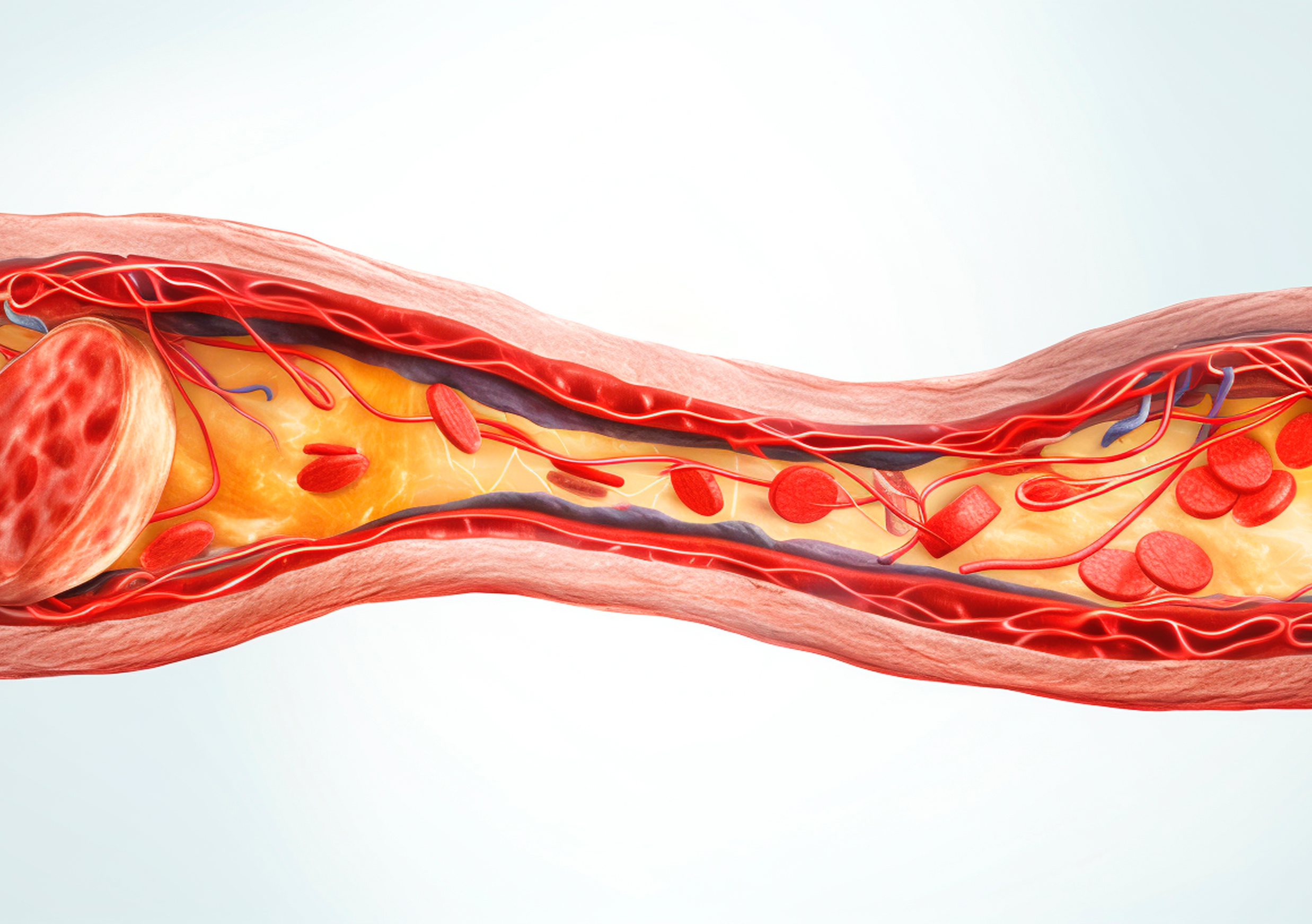Laparoscopic surgery may be defined as the minimally invasive technique that was introduced in gastrointestinal surgery in the mid-eighties and is widely used all over the world to evaluate intra-abdominal or pelvic pathology in patients suffering from acute or chronic abdominal pain or cases of cancer and treat diseases of the gastrointestinal tract, lymphoma staging and liver biopsy.
Since then, various technical innovations took place, and any type of gastrointestinal resection can now be performed laparoscopically based on the patient’s medical conditions. Laparoscopic procedures include for example but not limited to appendectomy, cholecystectomy, bariatric procedures, colorectal resections, esophagectomy, oncological gastrectomy, liver and pancreatic resections, while the Laparoscopic surgery is to treat various cases including Crohn's disease, Colorectal cancer, Diverticulitis, Familial polyposis, Bowel incontinence, Rectal prolapse, Ulcerative colitis, Colon polyps and Chronic severe constipation that is not successfully treated with medication.
How is the laparoscopic surgery technique done? Surgeons create three or more small incisions in the abdomen to allow laparoscope and surgical instruments to be inserted to view the insides of the abdomen; then they use the laparoscope to transmit a picture of the abdominal organs on a video monitor allowing the operation to be performed. And the benefit of such procedures is causing less pain and scarring after surgery with a less recovery period.
The Gastroenterology and Laparoscopic Unit at Al Salam Hospital is well equipped with the latest types of endoscopes in order for the specialized physicians, surgeons and consultants be able to perform various diagnosis gastrointestinal endoscopic procedures with the aim of providing a patient-focused approach while keeping the cost of care as low as possible without compromising on the quality.
References
- WebMd, April 2021
- National Library of Medicine, March 2016






